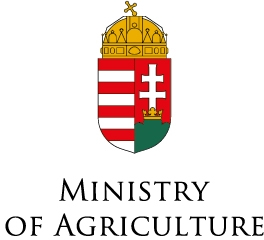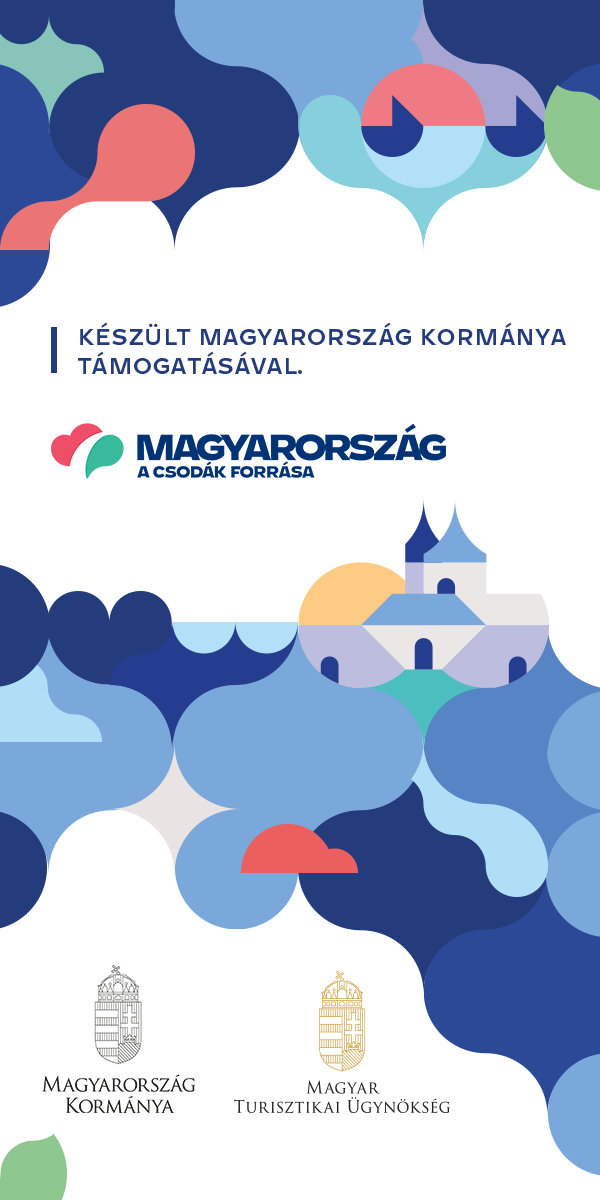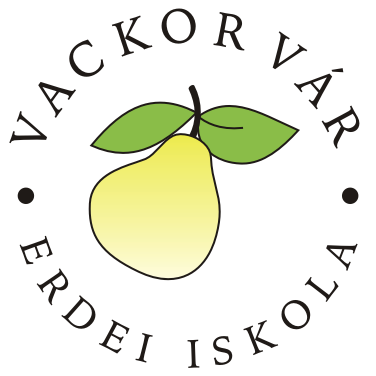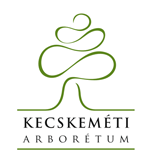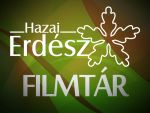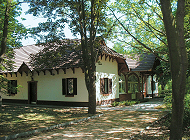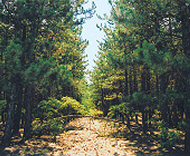South-Kiskunság
|
The South-Kiskunság Forestry Management Unit is located at the southernmost part of the The most beautiful stands of black locust and oak are found on the calcareous chernozem soil of the North-Bácska loess ridge. Black poplar, nice oak forest patches, white poplar and hybrid poplars, and mixed ash-, elm- and maple forests are dominant around the lower reaches of the Kelebia fishing lakes. The highest elevations (140 m) of the forestry management unit are the sand dunes at Balotaszállás and Zsana, which have the poorest site conditions with a combination of weak loose sand soils and humous sand soils.
|
|
||||||||||||||||
| Seedling production | |||||||||||||||||
|
|||||||||||||||||
| This forestry management unit has two well-equipped modern nurseries in Tompa (Sáskalapos Nursery, 24 ha) and in Balotaszállás (24.3 ha). Forestry Forestry practices in this region are determined by the diversity of site characteristics and forest stand composition. We adapt our forest regeneration techniques depending on the site conditions, which often affect the ratio of natural and artificial regeneration. Artificial regeneration is always carried out after complete soil preparation. Seedlings are planted with planting machines or sometimes with deep boring planters at the time of deep soil turning. Tree utilization Besides the final annual harvest of 300 hectares, 270-290 ha are cleaned and 250 ha are thinned each year, which allows for the production and sale of 40-45 000 m3 of wood. More than half of the output is stacked wood, the rest includes lumber, peeled and sliced veneer logs, poles, columns and posts. Through intermediate cutting, we try to improve the inferior forest stands found on weaker sites. Game management The hunting area of the forestry management unit is 12 126 hectares, 676 ha of which is utilized as our own hunting ground (wild boar garden in Mélykút) and 11 450 ha is leased. Due to their abundance and extraordinary trophy quality, fallow deer are considered to be the most important big game in the area. The genetic variability of the fallow deer population is above average. The red deer population has been continuously increasing and roe deer are abundant, but their trophy quality is not significant. Education, social welfare Our forestry management unit operates the Kelebia Park Forest and the 1st class Sáskalapos Hunting Lodge. |
|||||||||||||||||









